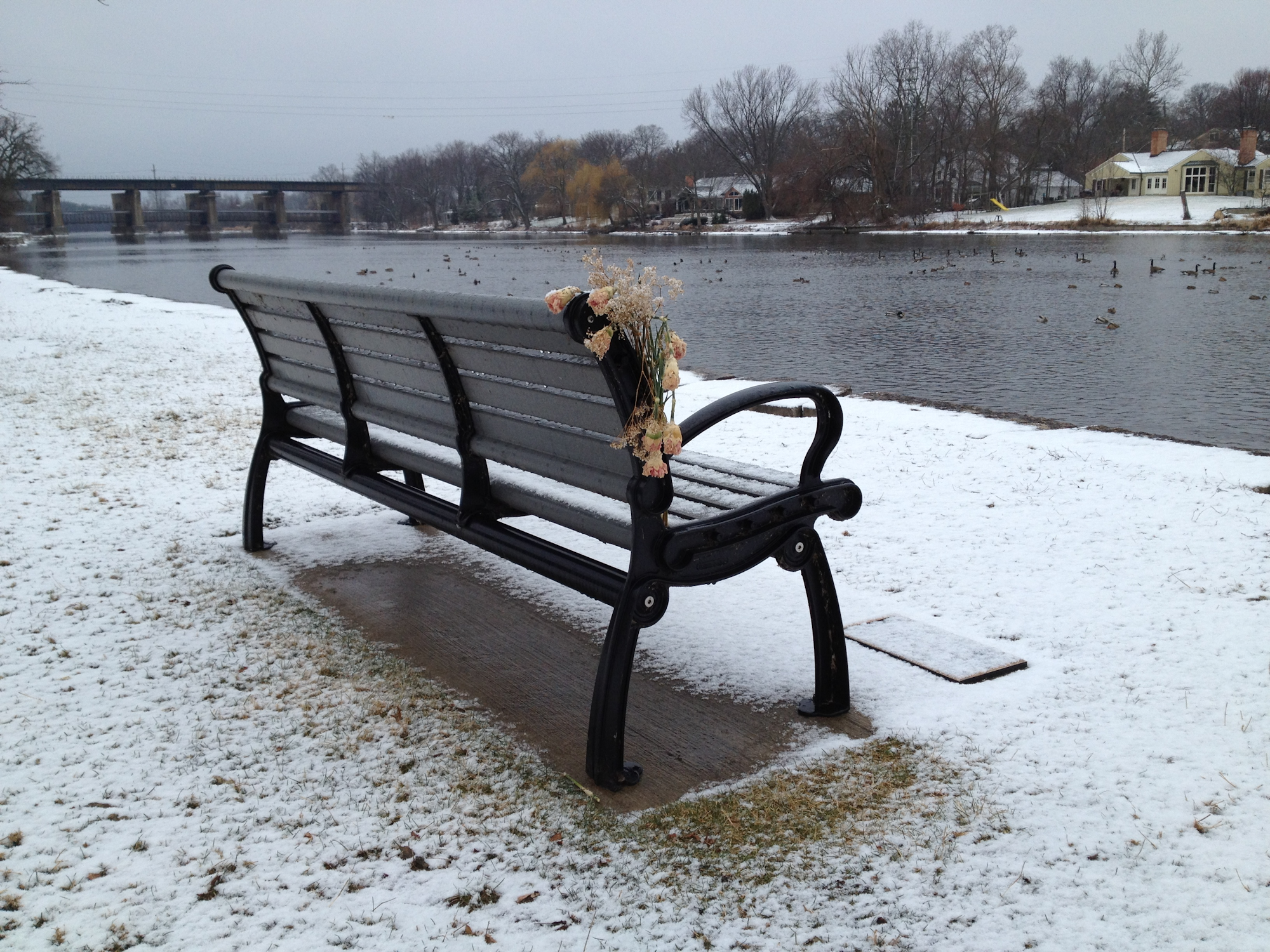
Disaster or not, it’s always helpful to have a good wrench or pliers handy. However, there are so many types, it might be difficult to choose what would be best for our kit.
Pliers
Below are common features of pliers to choose between:
Fixed vs adjustable – fixed pliers only open to a set width while adjustable ones allow you to set a variety of widths.
Long, short, or curved noses – the type of nose will allow you to work in different size areas. For example, when I am doing electrical work I like to use need nose pliers. These have a long nose which makes it a lot easier to twist the electric wire in small areas.
Insulated vs non-insulated handles – insulated handles are helpful if you are doing electrical work.
Cutting edge vs no cutting edge – pliers with a cutting edge allow you to cut wire. This can be used for either electrical work or for other general uses involving tie wire.
The different types of pliers include the following:
- Tongue and Groove or Channel
- Crimper/Stripper
- Cutting
- Electrical Pliers
- Trades Specialty
- Locking
- Needle Nose
- Slip-Joint
- Wire strippers
You can check out this link, Types of Pliers, at the Home Depot site to see photos of them and get more information about each type.
Wrench
Like pliers, there are many different types of wrenches. Some are designed for working with metric sized fasteners while others are for English sizes. Below are some of the more common types available:
Adjustable wrench – these can be opened or closed to adjust to different fastener sizes.
Combination – these some in specific sizes. Because of this, kits of combination wrenches of many sizes are a popular and common item.
Open-End Wrench – like the combination wrench, these come in specific sizes and in kits. However this type will have open ends rather than one open and one closed.
Ratchet Wrench – these are also similar to the combination wrench in that they come in specific sizes. The difference is one end will allow for tightening or loosening a fastener in tight areas.
Pipe Wrench – this type is often used for plumbing and is typically more robust and heavy than the types above. It has a large jaw that can be adjusted to fit different size pipes.
Hex Key / Allen Wrench – this wrench looks more like a narrow piece of metal with a cross section designed to fit inside the head of a fastener rather than around it like the types listed above.
You can check out the Lowe’s Wrench Buying Guide if you are interested in seeing the different types and getting more information about each.
We have many types of pliers and wrenches lying in drawers all over the house. So rather than buy a new one, I’m going to grab one from a drawer and put it in our kit. If we have enough extra I’ll probably put more than one type in the kit.
As a side note, throughout this series of posts about getting prepared, I may mention certain products, services, agencies, etc. At no time is it my intention to promote a specific product or service or agency. Each is mentioned only for informational purposes. Of course as a government employee, I do receive a salary from the government for the time I work on my job, but I don’t receive any compensation from any commercial entities I mention or include in these posts.







